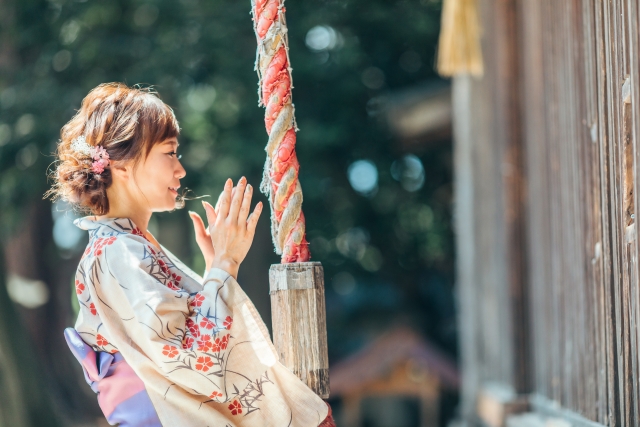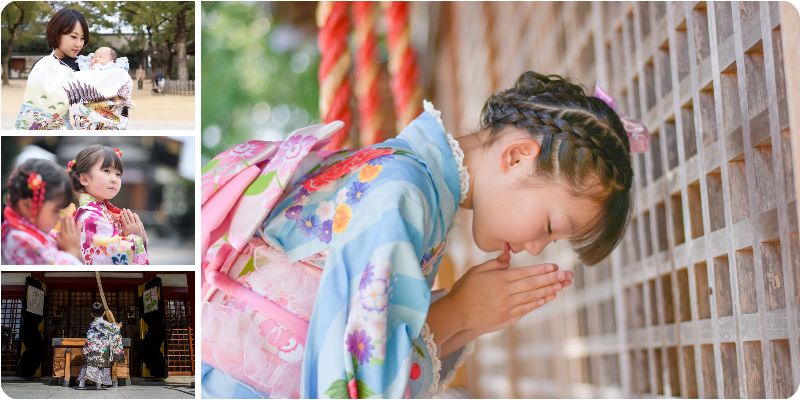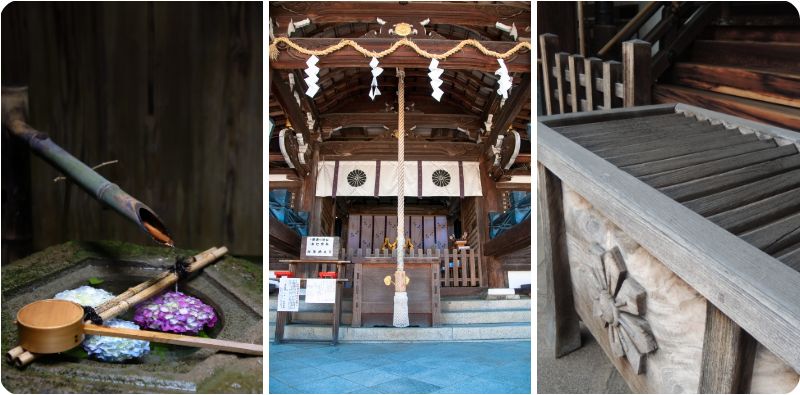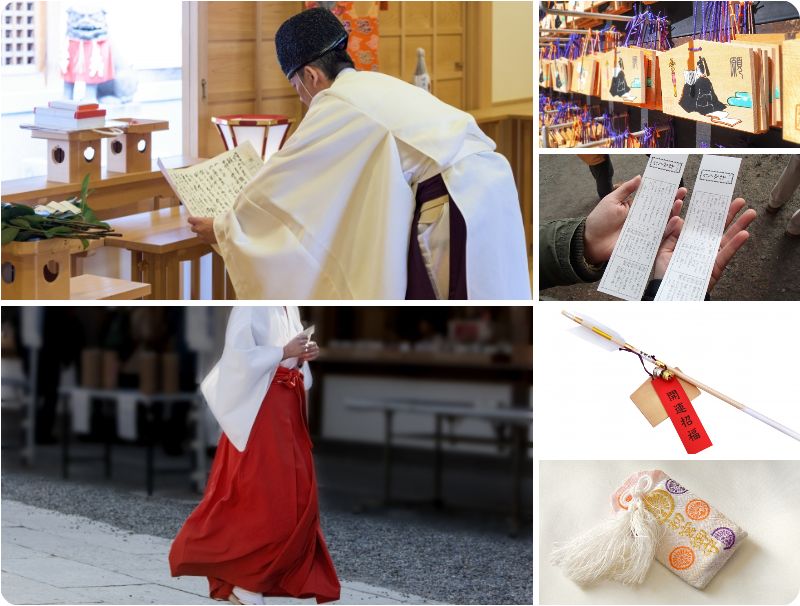-
- USA/Canada 1-800-285-2726
- Australia (02) 8006 4411


In Japan, each area, such as villages and towns, has its own shrine. The god of each area is called Ujigami-sama, the protecting god, and people who believe in this god are called uji-ko, or protected children.
The Japanese people have many traditions for every season and for important times in a person's life. Most of them have something to do with the Ujigami-sama god. Speaking of traditions for every season, they begin with hatsu-mode, followed by the haru-matsuri, where people pray for good crops, and the aki-matsuri, where people thank the gods for good crops.
In addition, traditions for important times in a person's life include miya-mairi, which is held for 30-day-old babies, shichi-go-san, which is the celebrations for 7,5,3 years old, and so on. Apart from these traditions, people with bad luck sometimes visit a shrine to get purified.


There are some traditional rules when people visit a shrine. People must wash their hands before they pray. They stand before the alter, bow once, and ring a bell. Next, they throw and offer of money, usually coins, into a box and take two deep bows. Then, they join their hands together and clap twice. Finally, they pray to the god and bow deeply once more. This is called ni-hai-ni-hakushu-ichi-hai, two bows, two claps and one bow.
Kannushi --- The chief Shinto priest who performs the rituals at a shrine.
Miko --- Unmarried woman in the service of duties.
Ema --- Avotive offering board with a horse drawing, dedicated to the deities. Used for expressing prayers or acknowledging when a wish has been fulfilled.
Omikuji --- An oracle drawn to determine one's fortune. When the person choose a stick, he/she is given a paper on which the corresponding fortune is written.
Omamori --- A paper charm of a god or Buddha used for protection or making a wish.
Hamaya --- Arrows given by shrines to visitors on New Year's day, wishing them good luck.
Reference: Japan at a Glance Updated

Famous shrine dedicated to Emperor Kammu, the fonder of Kyoto, and the Emperor Komei, the last emperor in Kyoto
Stunning arrangement of thousands of red torii gates
Said to be the oldest shrine in Japan, having already been active sometime in 250-538
One of Japan's oldest shrines; main shrine of over 2,000 Sumiyoshi shrines in Japan
Kobe Shrine for Businesses and Industries
Consists of two shrines which are considered two of the most sacred Shinto shrines
See no Evil, Speak no Evil, Hear no Evil
Spiritual shrine surrounded by magnificent nature in Gunma
A Shinto shrine which was dedicated to Emperor Meiji and his wife in 1920
Tokyo shrine that sells special good luck charms for blessing your electronic devices.
Beautiful Azalea Garden in Tokyo's Hidden Shrine
Beautiful Peony Garden tucked away in Ueno Park's Shrine
The photogenic wind chimes and pinwheels display attracts visitors.
Hidden in the dense forest, but are well advertised by its huge torii gates
Money washed at this shrine will double, bringing fortune to the individual
Kamakura's most important shrine
Shrine about the story of the hare and sharks
Shrine protecting the Night & 43 Meter Tall Lighthouse
Shrine in Matsue dedicated to the god Susanoo & Princes Inata
Shrine for Okuninushi in Tottori
Famous floating torii gate on Miyajima
Japan's first Tenmangu shrine
Shrine dedicated to Hachiman, God of warriors
Popular shrine for students to pray during entrance exam season
Shinto shrine believed to bring good luck for pregnancy, childbirth, and nursing
Shrine by the famous Kumamoto Castle
Famous for Kompirasan, Shikoku's most popular shrine
Shrine built for the Three Pioneering Gods